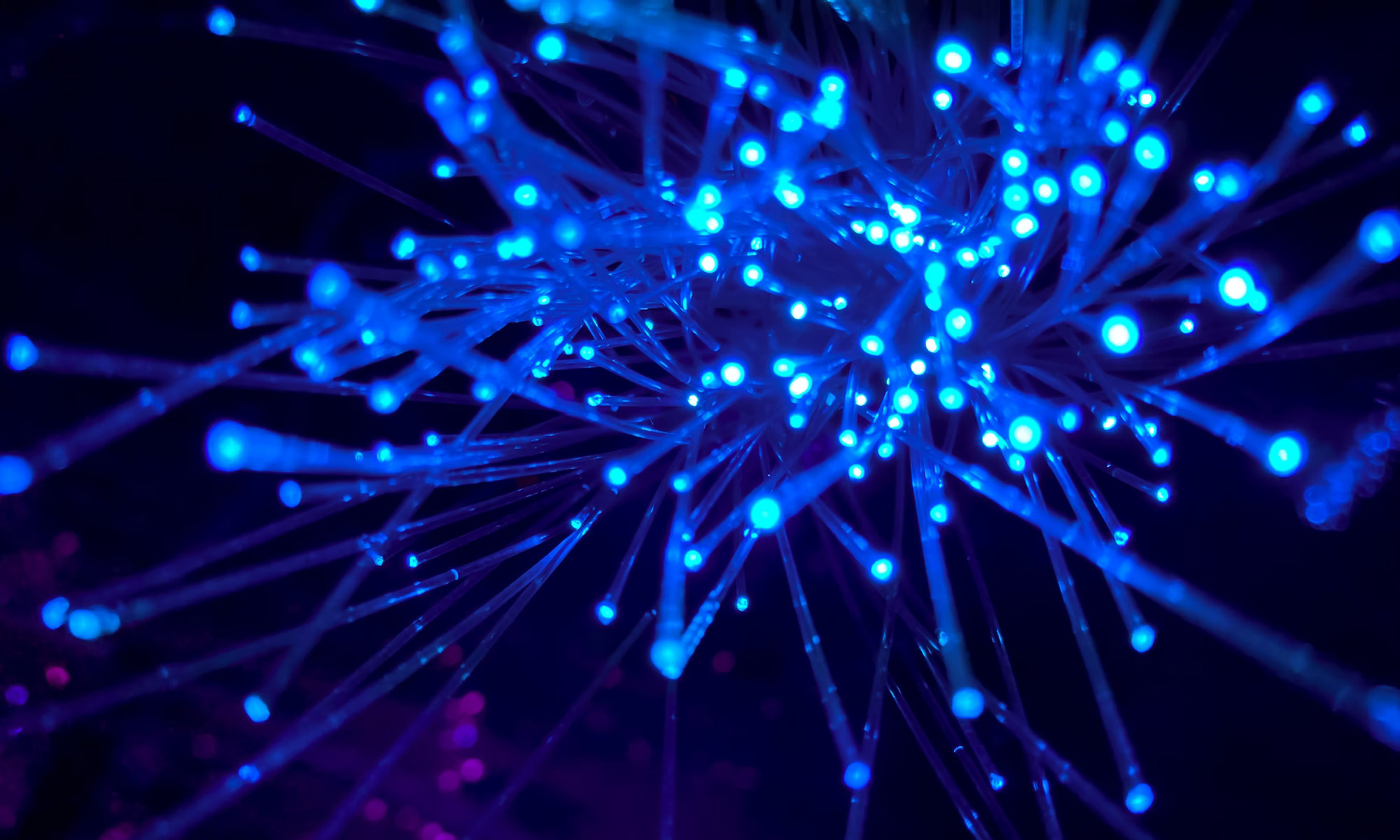News
Japan Sets A New Internet Speed Record With 319 Terabits Per Second
That’s around 7.6 million times faster than the internet connection you probably have at home.

Don’t you sometimes wish your internet speed was a bit faster when browsing the web, streaming online content, playing multiplayer games, or participating in a video conference? Most people do, including scientists at Japan’s National Institute of Information and Communications Technology (NICT). Recently, NICT set a new internet speed record when a group of its scientists successfully transferred data at 319 Terabits per second (Tbps) over a simulated 3,001-kilometer distance.
To put the record-breaking data transfer speed into perspective, the average fixed broadband download speed worldwide currently sits around 100 Mbps, which is around 3 million (yes, million) times slower. The new record is a significant achievement even as far as internet speed records go because it’s almost double the previous world record (179 Tbps), which was achieved by British and Japanese researchers in August 2020.
Transmitting data at such an unimaginably fast speed required plenty of innovation and cutting-edge technologies. Whereas typical fiber-optic cables have just one core designed for light transmission, the cable used by the team of Japanese researchers who set the new record had four cores. The transmitted data was fired using a 552-channel comb laser at multiple wavelengths and given a boost by rare earth amplifiers.
Since the entire test took place under laboratory conditions, you shouldn’t expect your local internet service provider to follow suit in the near future by implementing similar technologies due to their cost. The most likely real-world applications of the cutting-edge system involve high-speed backbone communication.
Also Read: Super Fast 6G Connectivity Is Closer Than You Think
“It is hoped that such fibers can enable practical high data-rate transmission in the near-term, contributing to the realization of the backbone communications system necessary for the spread of new communication services beyond 5G,” write NICT researchers.
Considering how much we’ve progressed since Caltech set its 186 Gbps internet speed record in 2011, we can’t help but imagine where we’ll be in another decade or two.
News
Mamo Completes $3.4M Funding Round To Enhance Fintech Services
The startup will use the influx of cash to expand into Saudi Arabia and across the wider GCC while improving its product offering.

UAE-based fintech Mamo has announced the completion of a $3.4 million funding round that will help the startup extend its market presence and improve its product offering. Investors included 4DX Ventures, the Dubai Future District Fund and Cyfr Capital.
Mamo’s platform offers “payment collection, corporate cards and expense management” to help small and medium-sized businesses consolidate and streamline their operations. With the latest influx of capital, Mamo will further develop its comprehensive suite of services and begin testing its product lines in Saudi Arabia, further extending its footprint across the GCC.
Imad Gharazeddine, co-founder and CEO of Mamo, stated: “We’ve been in the market for a while now and are incredibly proud of what our team has achieved. The holistic and expansive nature of our product offering has helped us continue to grow sustainably. This additional funding will allow us to reach our medium-term goals even faster. The support from new and existing investors is a testament to our strong expertise and the ability to deliver on our customer promise”.
Daniel Marlo, General Partner of lead investor 4DX Ventures, added: “We have immense trust in Imad’s vision, leadership and Mamo’s innovative approach to provide a user-friendly and comprehensive financial solution for SMEs that makes financial management more accessible and efficient. We are proud to partner with them and support their mission”.
Also Read: A Guide To Digital Payment Methods In The Middle East
Amer Fatayer, Managing Director of Dubai Future District Fund’s investment team, also commented: “Mamo’s localized product lines serve as an infrastructure for SME payments and spend management in UAE, a segment that is underserved by the country’s current banking infrastructure. The team has taken a product-first approach to consolidating SMEs’ financial journeys and building a fintech solution deeply embedded in a business’s core operations”.
To date, Mamo has raised around $13 million in investment funding and now boasts a team of 30 people. The company’s intuitive financial services platform has allowed over 1,000 businesses to consolidate their financial operations and significantly reduce payment fees.
-

 News4 weeks ago
News4 weeks agoAmazon Prime Day 2024: Get Ready For 6 Days Of Amazing Deals
-

 News4 weeks ago
News4 weeks agoSamsung Unpacked 2024: What To Expect From The July 10 Event
-

 News4 weeks ago
News4 weeks agoCoursera Report Shows Surge In UAE Interest In AI Upskilling
-

 News4 weeks ago
News4 weeks agoMeet Dubai’s Groundbreaking Smart Robot Delivery Assistant
















